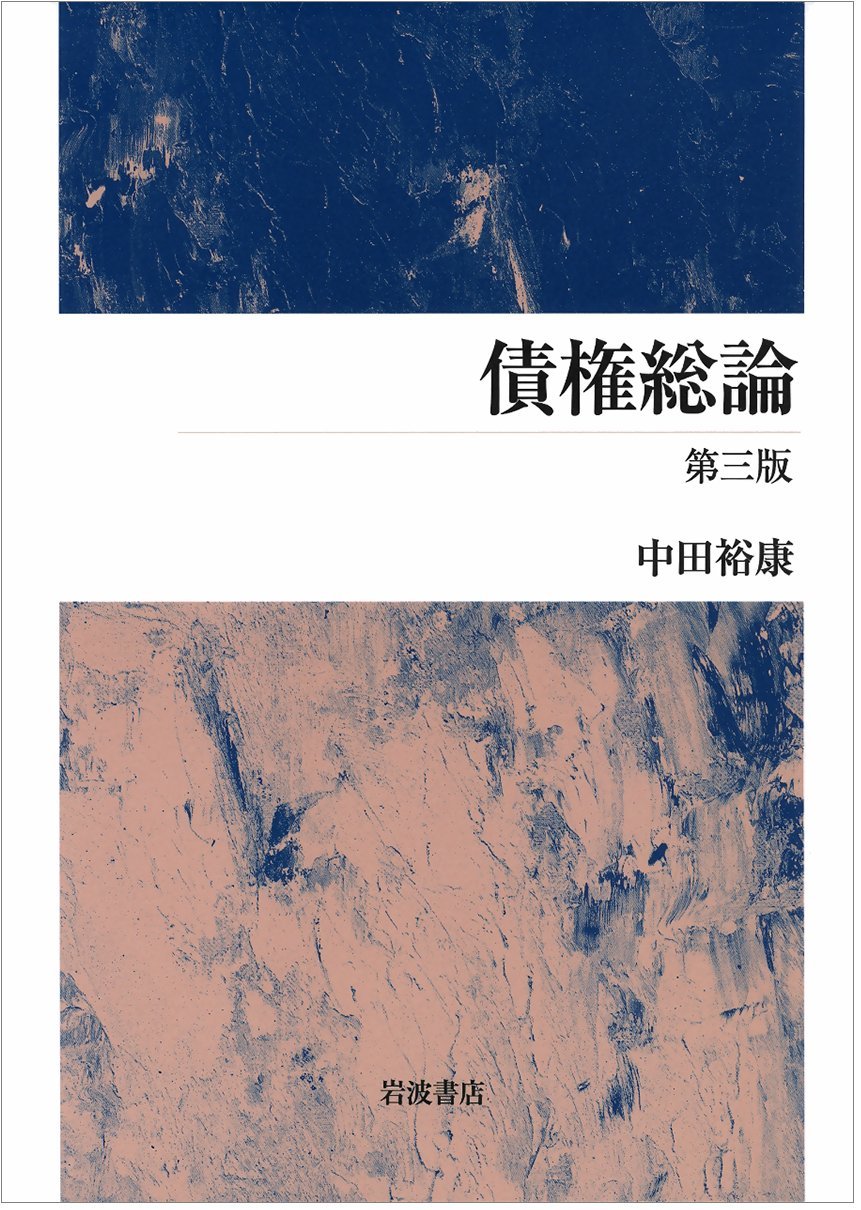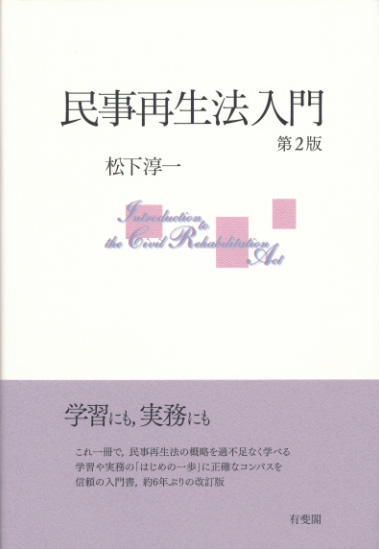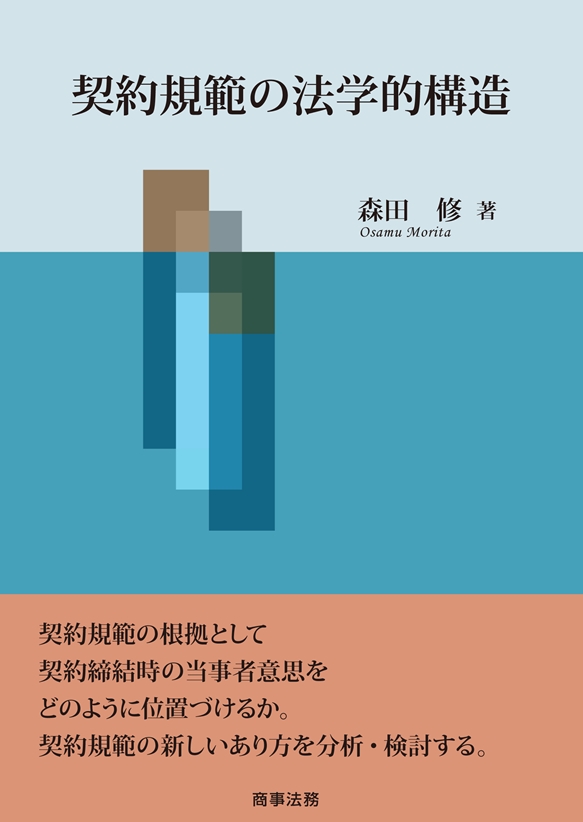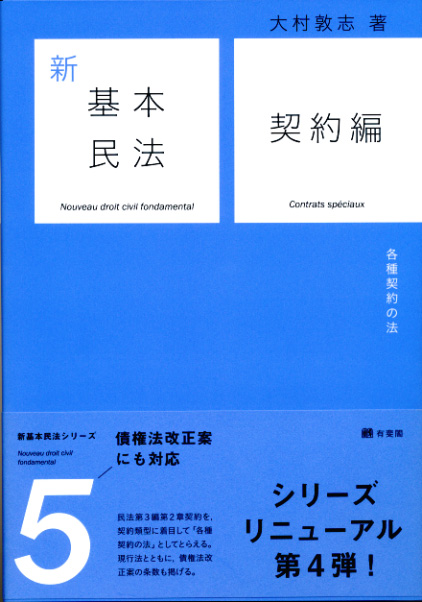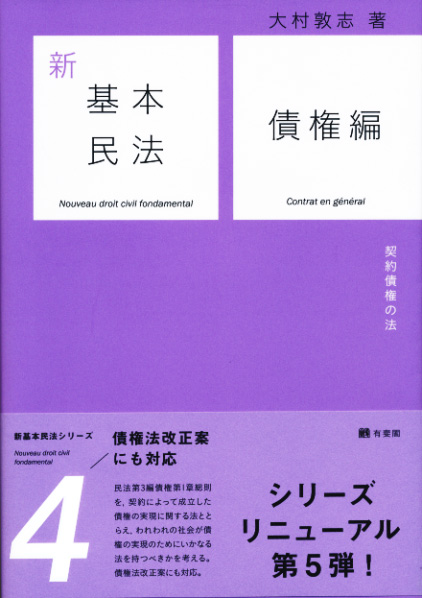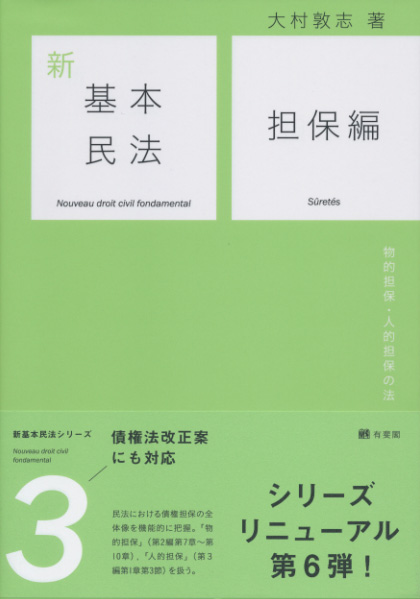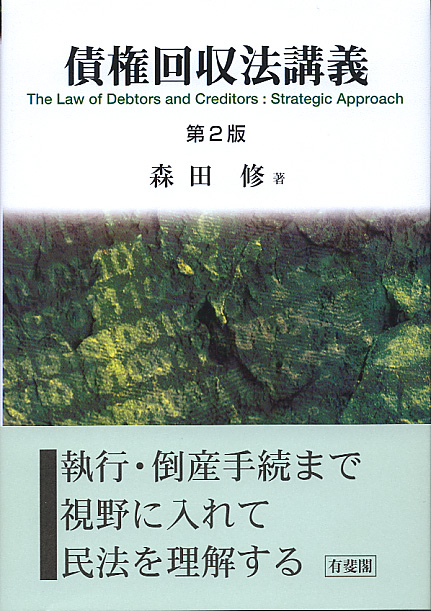
Title
Saiken Kaisyūhō Kōgi (The Law of Debtors and Creditors: Strategic Approach [2nd edition])
Size
408 pages, A5 format, hardcover
Language
Japanese
Released
April 15, 2011
ISBN
978-4-641-13600-7
Published by
Yuhikaku Publishing
Book Info
See Book Availability at Library
Japanese Page
This book was written as a textbook for a lecture at Tokyo University Law School, titled “The Law of Debtors and Creditors in Japan; Strategic Approach,” where the participants are assumed to have completed the undergraduate courses of civil law, civil execution law, and bankruptcy law.
The activities of money claim collection cause serious disputes, which means a great deal for the private law theories. This is the first book in Japan that attempts to open up a unique field, the “law of debtors and creditors,” by sorting the theories on these disputes and the rulings in important trial cases.
In traditional civil law study, the “law of debtors and creditors” is included in the general theory of civil law claims and collateral. The University of Tokyo’s Faculty of Law has offered a lecture on the topic in “Civil Law III,” which is offered in the undergraduate curriculum.
The portion of Civil Law III related to claims collection is considered a daunting and difficult part of the civil law curriculum. One reason for this perception is that the lecture is given at the end of the section related to property law and, therefore, is premised on the assumption that students previously learned civil law general provisions, property, contract, tort, and so on. However, another reason for the perception of difficulty is that students cannot easily understand the logic of substantive civil law unless they have learned about judicial procedure for debt collection, such as civil execution law and bankruptcy law.
The Law of Debtors and Creditors was established as a law school course to cross-sectionally link knowledge of procedural law to that of substantive law, which are usually separated in the traditional undergraduate curriculum, and to create a practical recognition framework that can be used to solve actual disputes over claims collection.
This book concretely and dynamically aims to explain how the substantive law arguments function in a procedural context, such as that of civil execution or bankruptcy proceedings. The discussions of civil law study often end when a monetary claim that should be collected accrues, and they are satisfied to simply enumerate legal remedies prepared for collection. However, that is where the Law of Debtors and Creditors should begin to illustrate how the legal system works in real world. Here, we discuss practical and, therefore, rather too worldly topics, such as what kind of collection tools are available, how they should be combined to collect money most efficiently, what types of flaws are in the existing systems, and what types of actual actions are taken to avoid them.
However, it is not a jumble of knowledge about cheap tricks. We aim to establish a theoretical framework to elucidate the types of legal relationships multiple creditors have with a common debtor (we call this framework as ”collective order of claim collection”) and how this order does or does not change during the process of civil execution proceedings. This process is usually the phase of collecting individual claims from individual properties or the process of bankruptcy proceedings, which collects claims from all the debtor’s properties for all creditors.
(Written by Osamu Morita, Professor, Graduate Schools for Law and Politics / 2018)



 Find a book
Find a book


 eBook
eBook